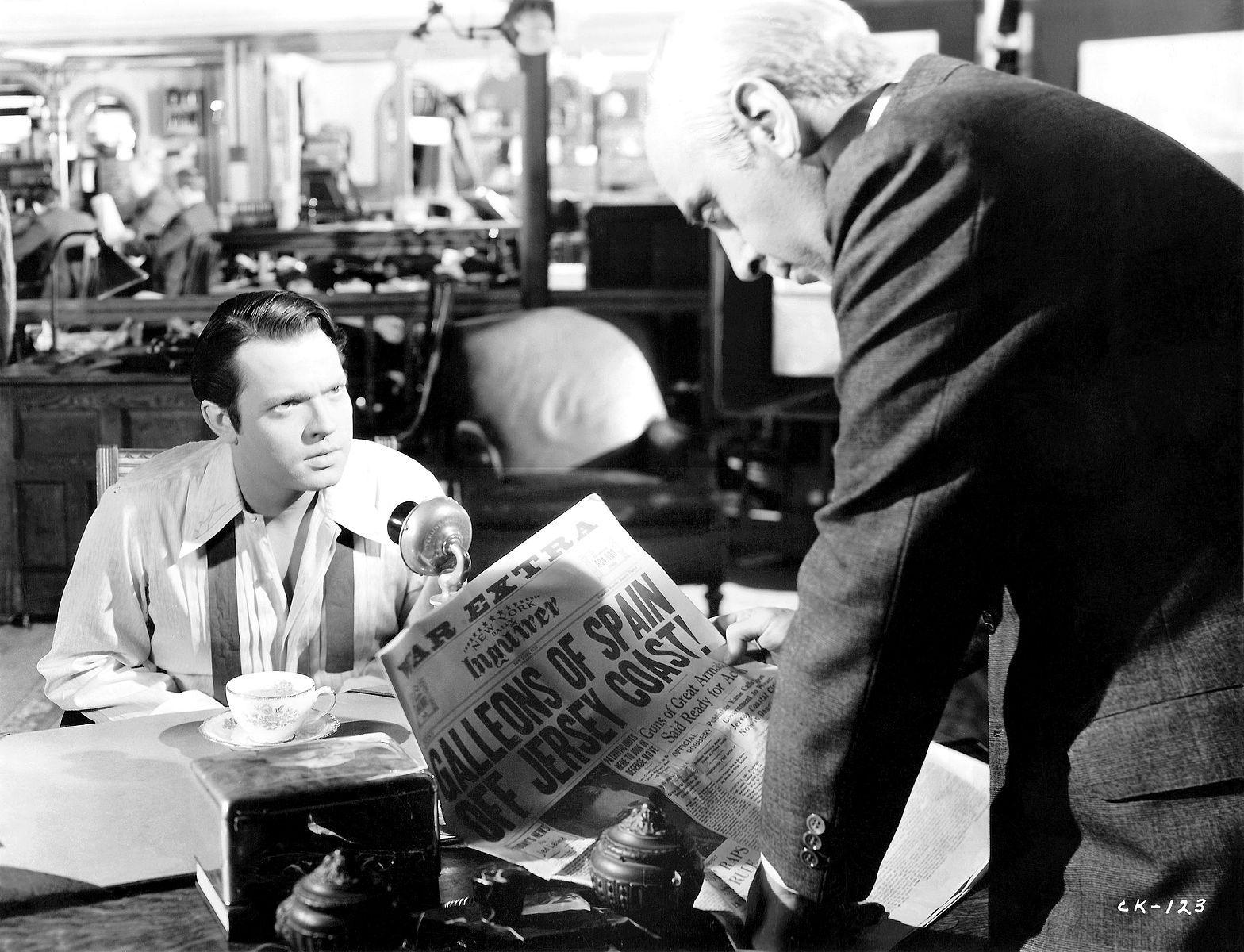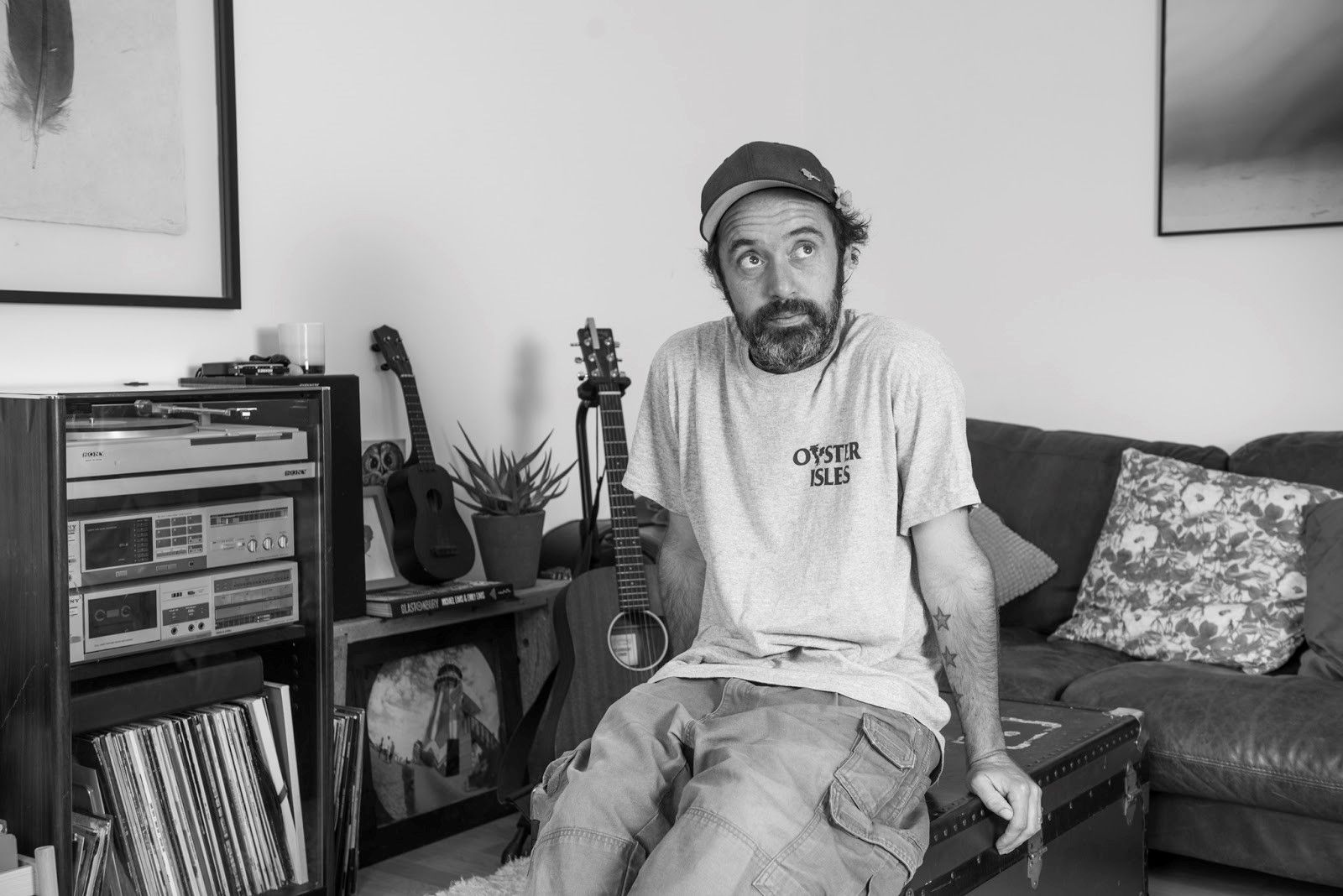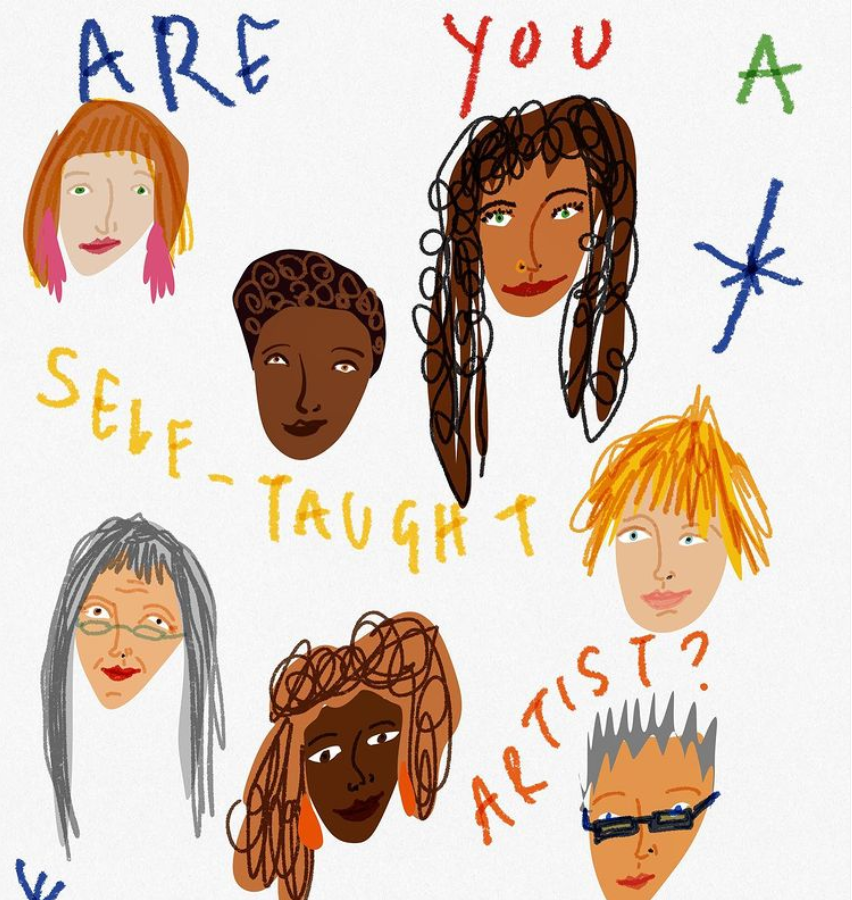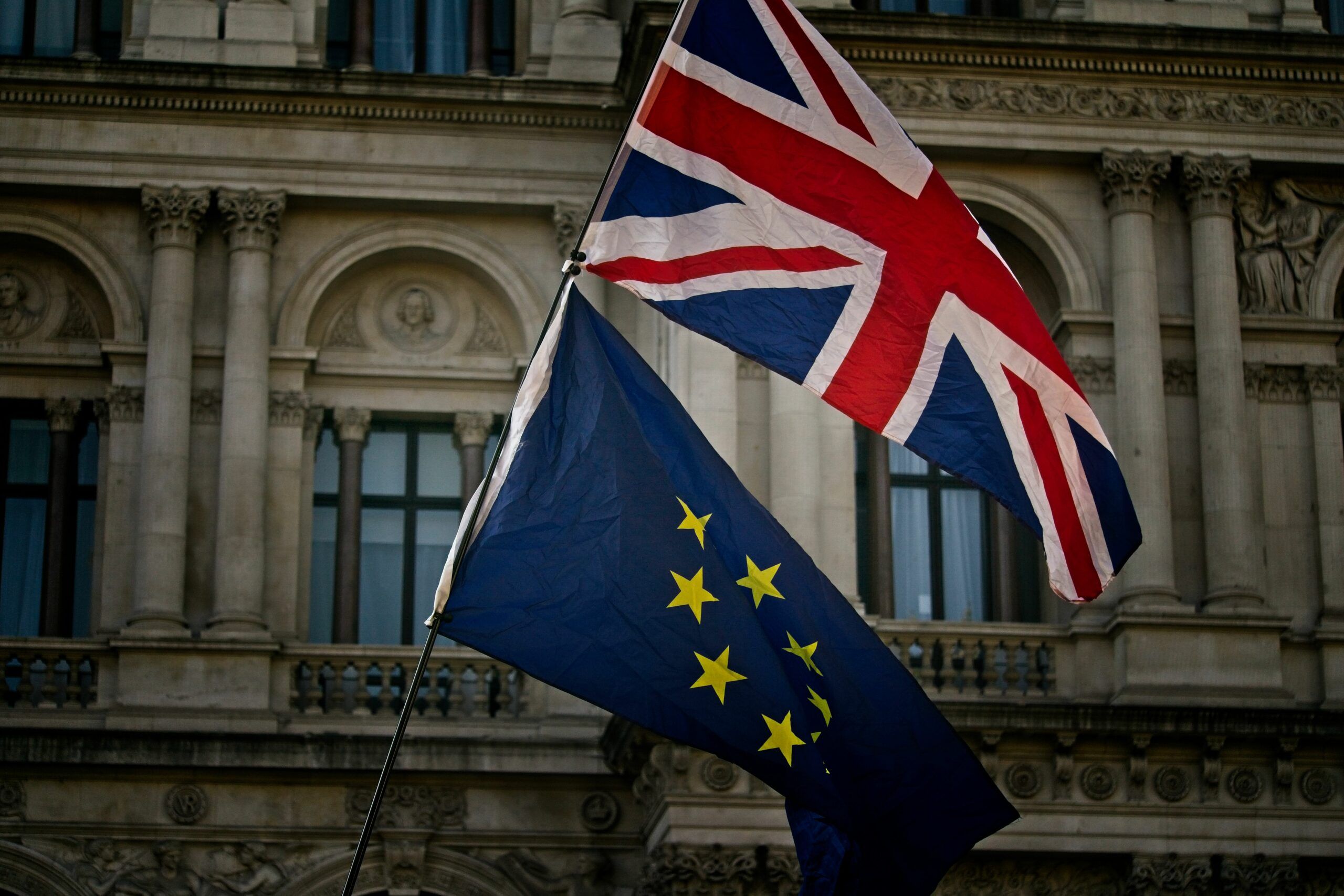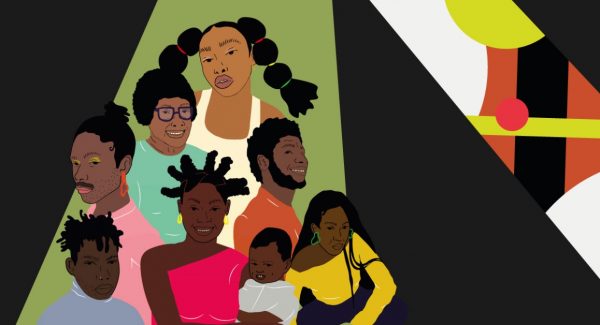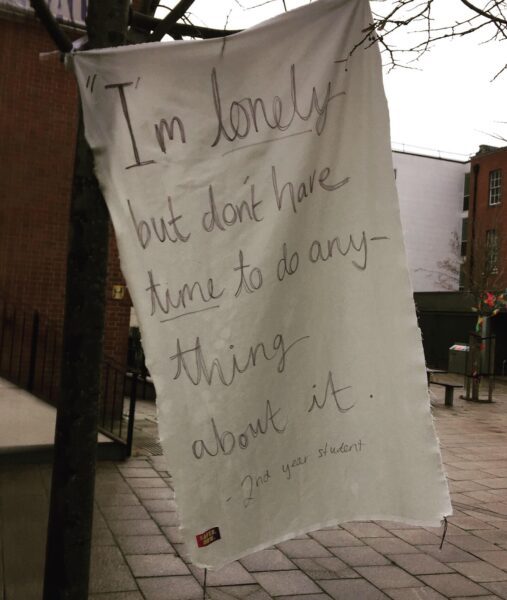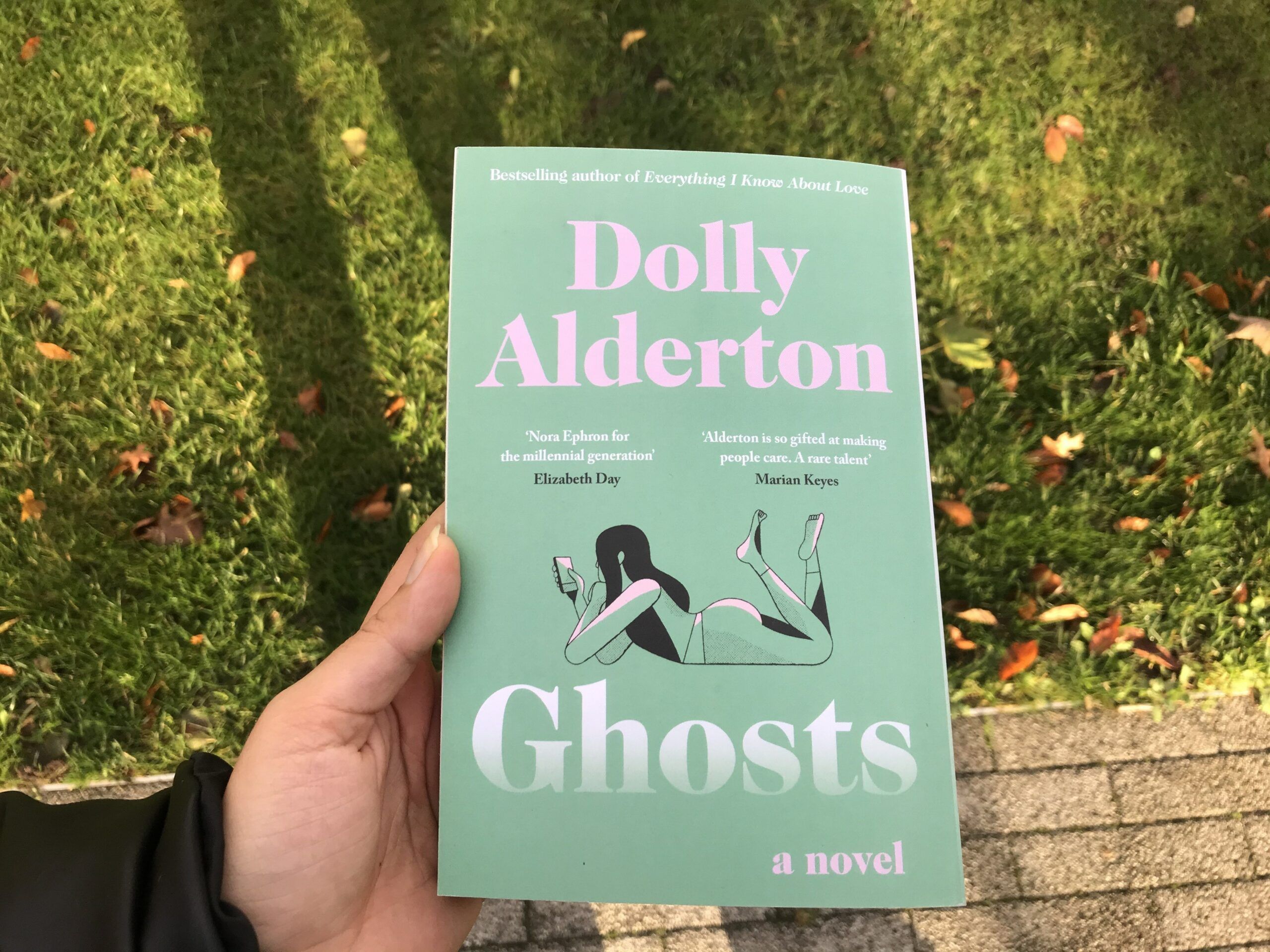If this is the future of live music, ‘I Can’t Stand it’: Blossoms livestream review
The five-piece band from Stockport, Blossoms took to the stage of 02 Academy Brixton earlier this month for a MelodyVR production livestream. Coronavirus-friendly it may have been, but the lustre-lacking live performance was a far cry from the energy and enthusiastic flare that the band might have emanated towards a packed-out venue of adorning fans.
A dim-lit circular stage emerged on our screens with Tom Ogden, the band’s lead singer, filling the venue with a solo, acoustic version of ‘Blown Rose’ – a promising opening, but with the livestream’s added 360-degree viewing element, the vast emptiness of the 02 academy and absent crowd was apparent.
The intimate feeling was quickly disrupted with the four other members emerging for the piano-heavy track ‘The Keeper’; although the vocals and instrumental talents of the Blossoms performance could not be faulted, a disconnect between the members was obvious. Perhaps this was a result of not performing live together for 9 months, or just a rocky start for the post-Brit-pop, indie rock band.
Ogden spoke out to the online audience, exclaiming: “Good evening you beautiful people, we are a band called Blossoms from sunny Stockport!” – a clear attempt to use his boyish charm to distract from the fact that they were playing to an empty concert hall. Crowd favourites such as ‘Your Girlfriend’ and ‘There’s a Reason Why (I Never Returned Your Calls)’ were dominated by the newly discovered synth-pop sound introduced to us on their second album Cool Like You.

The energy began to pick up – though only slightly – with the gorgeous set looking like it came straight out of a 70s Christmas party. Ogden threw his best shapes and showed off his blue flared suit in the process. But, despite his best efforts, an office party dimness continued with the lack of interaction between the band, and with Josh Dewhurst, the quintet’s guitarist, enjoying a cup of herbal tea. But maybe that’s the new Rock ‘n’ Roll?
Blossoms’ livestream continued a plateau of good but not mind-blowing performances. This was a shame when you consider how different the night could have been with the presence of an audience, especially with the release of songs from their new album, Foolish Loving Spaces, including ‘My Swimming Brain’, ‘Sunday Was A Friend of Mine’ and ‘If You Think This Is Real Life’.
Ogden and drummer Joe Donovan attempted to bring an urgently needed sense of energy, but this was not echoed by the remaining members as, clearly, a cup of tea was more enticing.
Blossoms’ new Christmas tracks, ‘Christmas Eve (Soul Purpose)’ and ‘It’s Going To Be A Cold Winter’ did not get the live debuts they deserved. With an ever-more obvious missing spark, the Stockport lads seemed to play independent of each other, especially in the performance of their festive songs – which could have otherwise been tremendous in destroying the belief that all good Christmas songs were written before the 90’s.
The highlight of the livestream gig was hands-down the nostalgic performance of the band’s first single ‘Blow’, with the addition of the ‘Deep Grass’ outro reminding us of the wide variety and addictive musical brilliance of Blossoms that so many love. It was no surprise they had found their footing at this point, with all band members now barefoot, and with their cheeky chap personalities really shining through on stage as they joked around trying to deter from the fact almost an hour had passed with no crowd.
A new side had been brought out; it felt almost as if it was a soundcheck or band practice rather than the explosive live performance Blossoms usually treat their fans to.
Too little too late, the discovery of a newfound passion was brought on with outstanding, venue-filling vocals and additional percussionists on the track ‘Like Gravity’, which carried on until the end of the performance. The new-wave, alternative rock band got their groove back just in time for their up-beat, bass-embodied track ‘At Most A Kiss’. They spun ferociously into a psychedelic outro and teased us for, finally, ‘Charlemagne’ – a fitting ending – with this signature track gaining the energy and enthusiasm it deserved.
“I enjoyed that more than I thought I would”, lead singer Tom Ogden explained at the end, though it still was not stellar performance for the Stockport five-piece. This definitely is not the future of live music, and the encouragement and screaming of a live audience were missing, but the mellowed live production will have to be enough to tide us over until Blossoms are able to grace us with their stage igniting performance in the flesh again.
3/5

